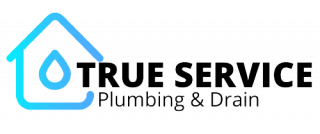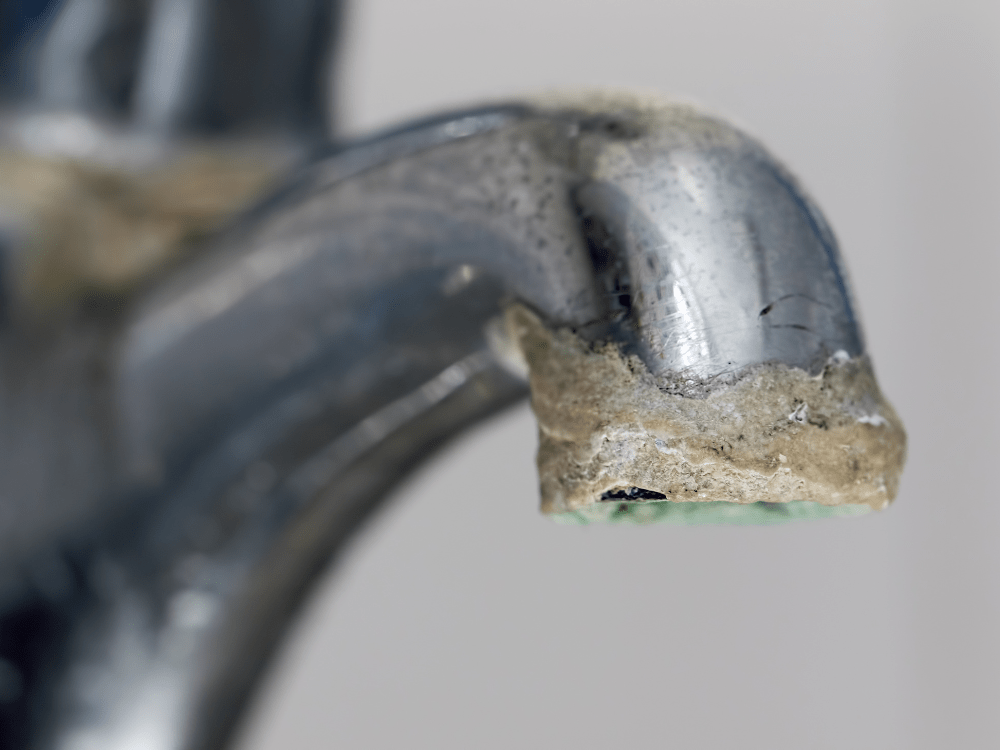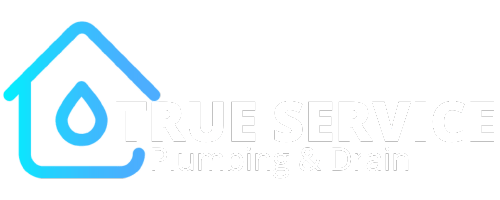Notice something ‘off’ with your plumbing fixtures lately? Your faucets and showerheads have been looking a bit rough and less…stellar. You find white scales or chalk staining them.
Perhaps there are little bits of this white, powdery substance on the body of your kettle and drinking glasses.
Or maybe the water flow from your tap has been spotty and inconsistent. Experiencing any of these within your household is a good indicator you’re dealing with limescale buildup.
What Causes Limescale?
Limescale, also known as calcium scale, is made up of calcium carbonate. It is a residue left over from hard water.
Hard water is water with a high concentration of water soluble minerals, like calcium and magnesium. Standing hard water would dry out and evaporate, leaving behind white deposits of limescale.
Left alone, limescale can accumulate very quickly. The minerals solidify, becoming hard and thick. These qualities make it very difficult and challenging to remove.
Limescale can seriously impede the function of your plumbing fixtures and appliances if left to build-up. A serious build-up of limescale can be very costly to remove and may become a large inconvenience to your home or business.
Cleaning Limescale from Fixtures
For limescale build up in your kitchen, bathroom, and pipes, you can remove limescale deposits using everyday household products. Vinegar in particular is useful with cleaning and disinfection.
You can also purchase limescale removal products at your local hardware store. For a DIY cleaning however, vinegar is quite effective and will work just as well.
To clean your fixtures using vinegar, soak your faucet fixtures in a bowl of vinegar for about an hour. Rinse with water afterwards.
You can also create a spray-on solution of vinegar and lemon juice. Place the mixed ingredients into a spray bottle. Apply this solution onto external plumbing fixtures and appliances. Spray, let it soak, rise, then wipe dry – very easy!
No vinegar? No problem. You can create a homemade cleaning paste from one cup of water and three tablespoons of baking soda. Use this on external surfaces, like taps and faucets.
How to Prevent Limescale Build-up
The best way of combating limescale is prevention. There are various things you can do to prevent limescale build-up in your home.
Drain your water heater tank a few times during the year to prevent limescale formation. Limescale is attracted to hot water, so regulate the water temperature of your home to reduce the accumulation of calcium and magnesium.
Installing a water softener will treat your water and reduce the amount of limescale by removing the minerals which cause it.
There is an additional benefit to having a water softener – it can help your appliances run more efficiently.
A water filter can help remove minerals found in hard water. Install water filters on your plumbing fixtures, like faucets and taps to regulate the mineral content of your water.
Lastly, you can install a magnetic water conditioner and descaler system. This system will help regulate water quality and prevent limescale formation throughout your home. An electric water conditioner provides a chemical-free treatment option.
Limescale Prevention with True Service Plumbing
For hard water treatment or our many options on limescale prevention, contact our professionals at True Service Plumbing.
We are available 24/7 to take your call and respond to emergencies as quickly as possible.
Our licensed plumbers will assess your home’s plumbing system and determine the root cause of your issue, and perform the services necessary to get your plumbing up and running again.
From water testing, water softener installation, to other limescale treatment options – True Service Plumbing has your back when it comes to all things plumbing.


